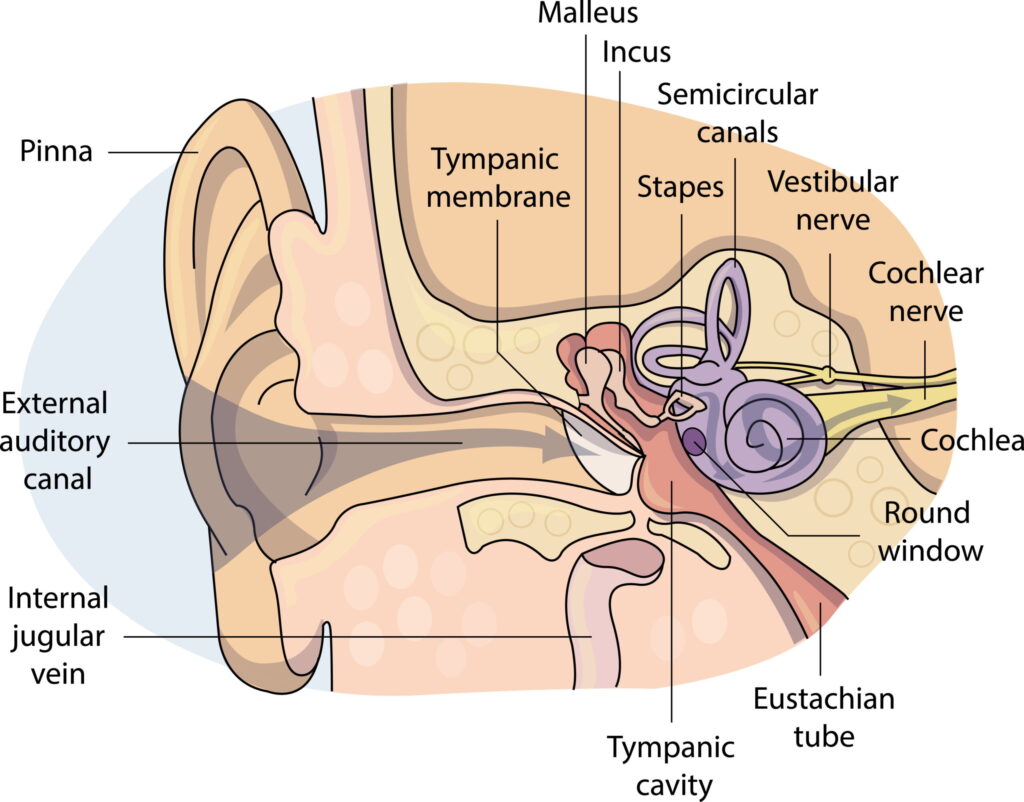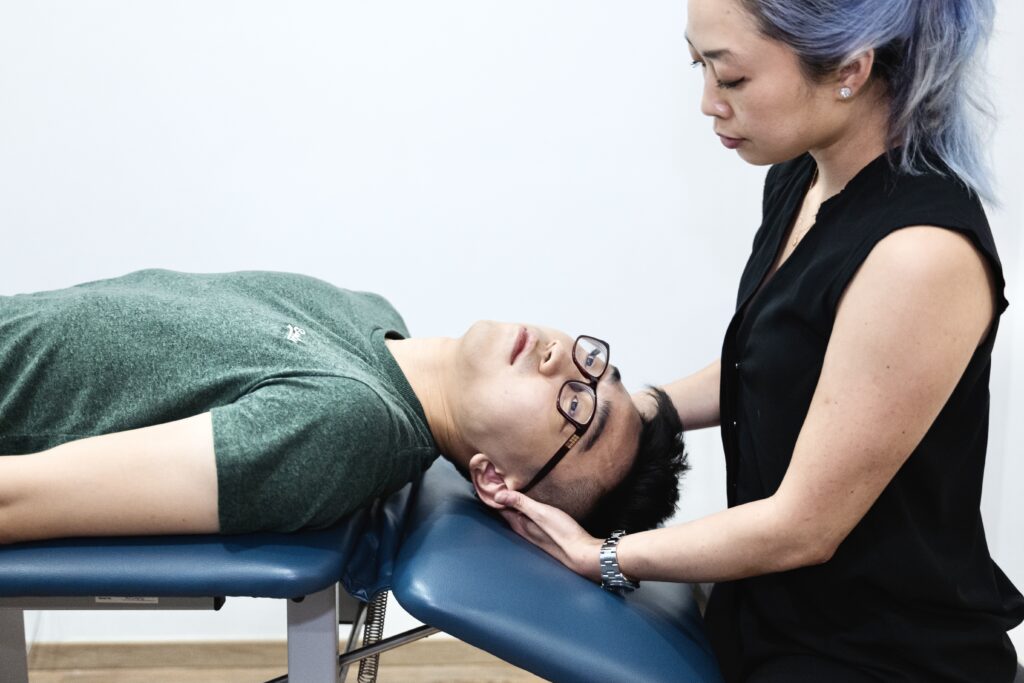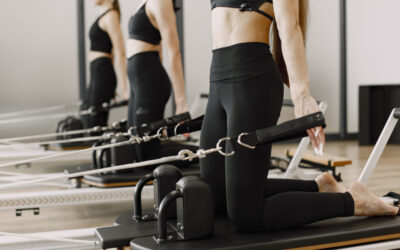All You Need To Know About Vestibular Rehab
Vestibular rehabilitation is a specialised form of therapy that involves improving symptoms of dizziness, vertigo and balance disorders.
How we maintain our balance is a complicated process involving our eyes, brain and musculoskeletal system to help orientate our head and body position in space.
The Anatomy Of Our Vestibular System
Our vestibular system comprises of:
- Peripheral Vestibular Apparatus
- Vestibular Nuclei
- Central Vestibular Pathways
- Vestibular Component of Cranial Nerve VIII

Understanding Your Vestibular Disorder
Though dizziness is commonly seen in an ageing population, it doesn’t mean that it is normal or should be ‘lived with.’ The most common cause of dizziness in adults is benign paroxysmal positional vertigo or BPPV.
It accounts for 17-24% of all dizziness or vertigo cases and affects around 64/100,000 of the general population. BPPV occurs when small crystals (otoconia) are dislodged from the utricle/saccule and enter the semicircular canals. It is not fully understood how these crystals are dislodged however some predisposing factors include:
- Head Trauma
- Females over the age of 50
- Otoxic Antibiotics (E.g. Gentamyocin)
- Motion Sensitivity
- Migraine History
- Prolonged Sinus History
- Osteoporosis/Ssteopenia
- Neuritis
Common Complains Of Vestibular Disorder
Many patients experience different symptoms of Vestibular Disorder. However, some of the most common occurrence includes:
- Recurrent bouts of dizziness that is position dependent that lasts less than 1 minute
- Often provoked by lying down or turning over in bed
- Associated nausea and vomiting is common
- Prolonged unsteadiness after an attack
What To Expect During Your Physiotherapy Session
Your physiotherapist will take a detailed history of your dizziness and perform provocative manoeuvres to determine the cause of your dizziness and if it is BPPV, which canal the crystal(s) are in. They will also ask you to keep your eyes open during the course of the assessment to watch for any nystagmus (rhythmic beating of the eyes) as the direction and intensity of the beats will help identify the affected canals.
You can expect to experience your vertigo and occasional nausea during the assessment but the good news is that after careful repositioning manoeuvres you will feel better! Most of the time, the crystals are repositioned within one session however if you are experiencing dizziness and unsteadiness after you may require a couple additional sessions to increase the tolerance of your vestibular system to get you back to your activities dizzy-free!
If you’re living with dizziness and want to do something about it, have a chat to your physiotherapist. BPPV is only one of many things that can cause dizziness and ruling out any other diagnoses is critical.
Written By: Nicola Ying, B.Sc. Sports Science (AUS), B.Sc. Biomedical Science (AUS), Doctor of Physiotherapy (AUS)
Nicola is an experienced Physiotherapist specialising in neurological and vestibular rehab, shoulder rehabilitation, and injury prevention. Formerly a competitive swimmer and footballer, she has found her new passion in martial arts and is an avid Muay Thai and Jiu-Jitsu practitioner. She also spends her free time advocating for sport inclusivity and disability awareness.

